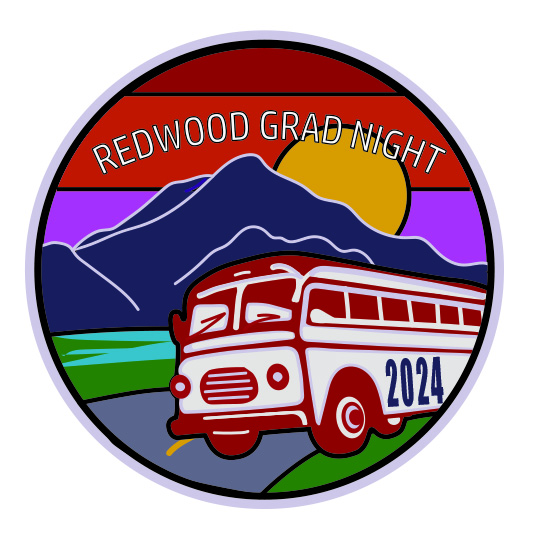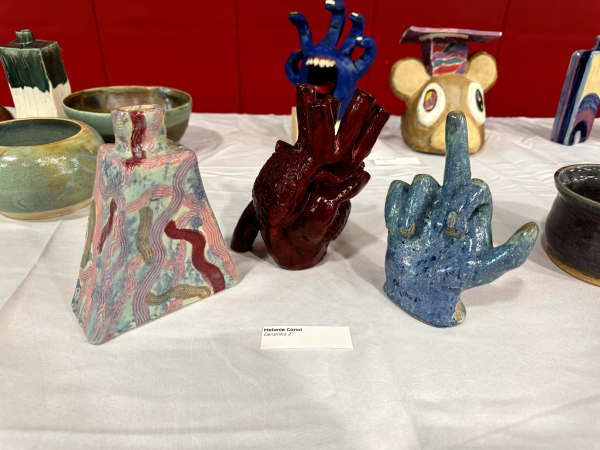Marin is on the fence about the new elk management plan
Pt. Reyes pushes forward the Elk management plan supporting local dairy farmers
From rolling hillsides of cows and elk to the crashing sounds of the Pacific, Point Reyes National Seashore is the secret in Marin’s back pocket. All the visiting tourists, including senior and avid Point Reyes hiker Hilary Johnston, make the spectacular shoreline seem like paradise. Johnston is often found exploring the national seashore, describing the park as a hidden gem.
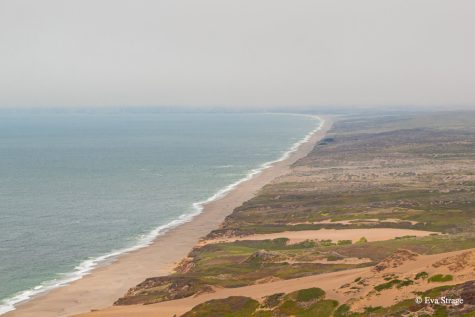
“It feels like the last part of Marin that hasn’t really been discovered, and it’s just in our backyard,” Johnston said.
Yet, with the ongoing drought and deteriorating landscape, all is not well in the parks. In September 2021, data collected by park rangers indicated an unprecedented amount of elk dying due to dehydration, which in long term has had a negative effect on the ecosystem. To mitigate the issue, the park installed water troughs; however, the troughs often go unmonitored, leaving contaminated water for the elk.
As of June 2022, the Tule Elk Management Plan was updated by the National Park Service to address the ongoing issues in Pt. Reyes, emphasizes four key actions: First, the Tule Elk Management Plan focuses on the continued monitoring of the population and increasing water access in the preservation. Second, it allows dairy farms to continue to live and operate on a subsided land lease for an additional twenty years, meaning fencing containing the elk would stay up. Third, the update will directly impact elk population levels through selective slaughter to reduce the animal population, known as culling. And fourth, removing elks outside the designated area will reduce incidents with the dairy farmers and keep sustainable amounts of wildlife in the park.
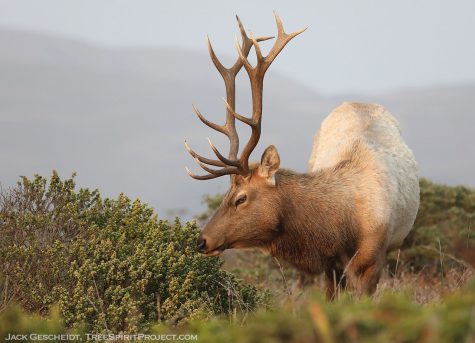
Backlash in response to the new additions has caused litigation against Pt. Reyes National Seashore in regards to the update. The Pt. Reyes National Seashore declined to comment on the plan for the Bark. Another stakeholder in this plan are the dairy farmers, who will benefit from the extended farmers’ leases and protective farm measures.
Elk in undesignated areas create issues regarding the organic certification process hurting the dairy farmer’s economic status. There are many restrictions regarding feed contamination and the amount of livestock in one area before becoming organically certified. When unmonitored, elk enter the sectioned-off pasteurized zone and thus threaten dairy farmers’ organic certification and product quality. The implementation of culling, or slaughter, allows the National Seashore to protect the farms from losing that license.
Albert Straus, the founder and CEO of the Straus family farm, supports this plan. After the Straus Family farm was established in West Marin in 1941, it became the country’s first 100 percent certified organic creamery by 1944. Straus is inspired by ethical and economic considerations regarding his farm and livelihood in West Marin. Considering the farm’s certification status, he is concerned about this recognition being removed due to the nearby tule elk population.
“
My premise is that we can have both elk and farms in the National Seashore … the park intended to have a pastoral zone, where the farms are, the wilderness and then there was an elk area, so it wasn’t one or the other. But how do we coexist and make it work for everybody?”
— Straus said.
Straus says he often sees the imbalance of attention on the troubles with living in West Marin and the elk. With more media attention on the elk, Straus worries other pressing issues regarding West Marin’s deteriorating communities are being neglected. With more than half the population in Point Reyes living in rental homes, a sense of rural community has been lost in West Marin, in Straus’ opinion.
“We’re getting rid of jobs. We’re getting rid of the community. It’s not sustainable,” Straus said. “It’s being driven by the desire to go back to a quote rewilding, which eliminates people, domesticated animals and a local food supply.
The National Sea Shore’s solution is to update the management plan to meet the middle of all the various interests, including balancing elk disputes with farmers and simultaneously providing the elk with necessary water. Regardless of this compromise, there is doubt about this decision from students and climate activists alike. Considering the climate crisis and animal rights, killing off endangered species for private industry profit poses ethical concerns.
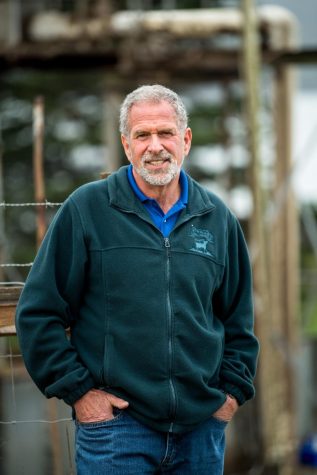
Local environmental activist Jack Gescheidt has been working to bring uncontaminated water to the elk and advocating better conditions for wildlife in West Marin.
“I’m not an exaggerator, I don’t need to exaggerate the truth for it to be chilling. It harms [the elk] to fence them into an area where they can’t breed more wildly and move about the park and expand their population,” Gescheidt said.
Ecosystems are built around terrain and the animals living around it, and elk are specifically identified as beneficial to the landscape of Point Reyes. Their hoofs and grazing patterns allow the brush to grow freely and eliminate the plowing technique that destroys terrain. This leads some environmentalists to criticize the removal of the herd, failing to recognize the value of the elk to the land.
“The [management plan] is messed up because it [impacts] a natural habitat. If people need more of an appeal to care about [these changes], it’s that Point Reyes is turning into farmlands, and then it’s not going to be the same Point Reyes that we know now,” Johnston said.
To stay updated on the progress of the Tule elk management plan, check in with your local National Park Service newsletter for opportunities to have community input.
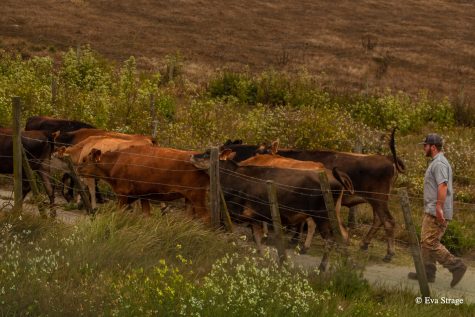

Lily Reese is a senior at Redwood and a copy editor for the Bark. In her free time, Lily enjoys hiking, surfing, camping and all things outdoors. You...




